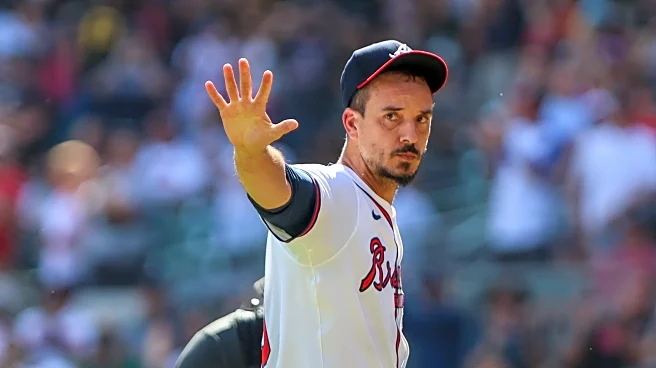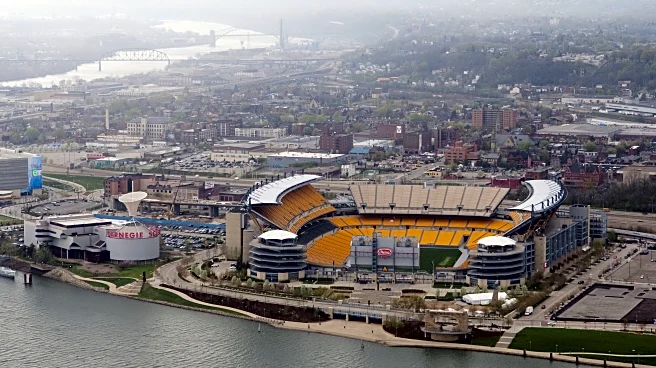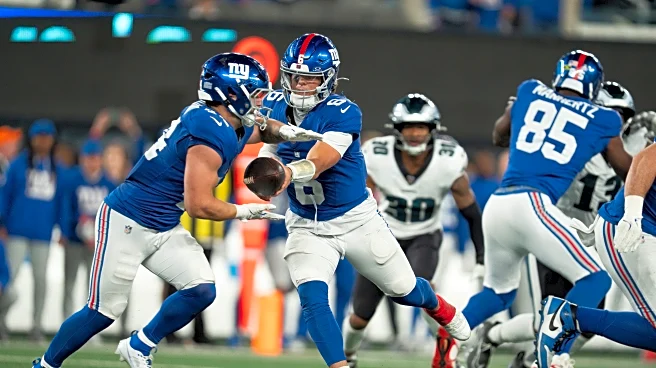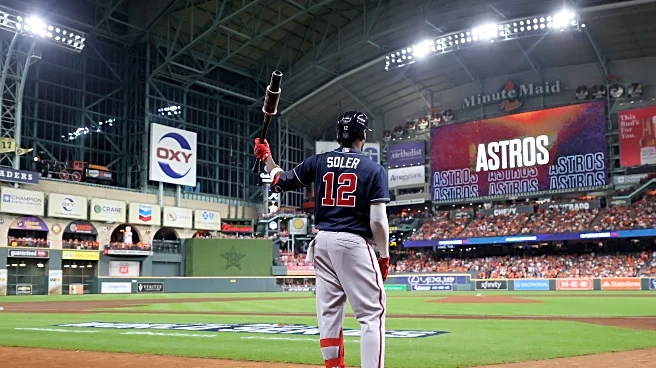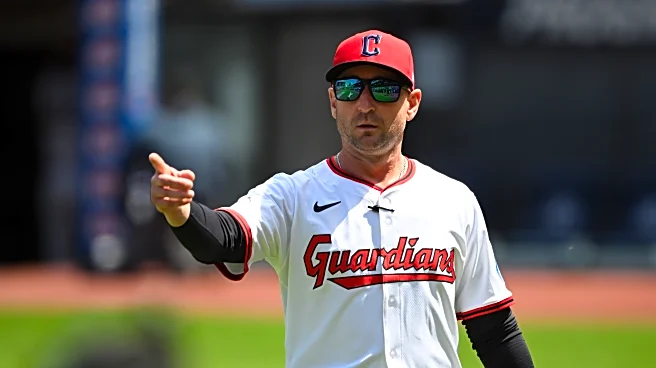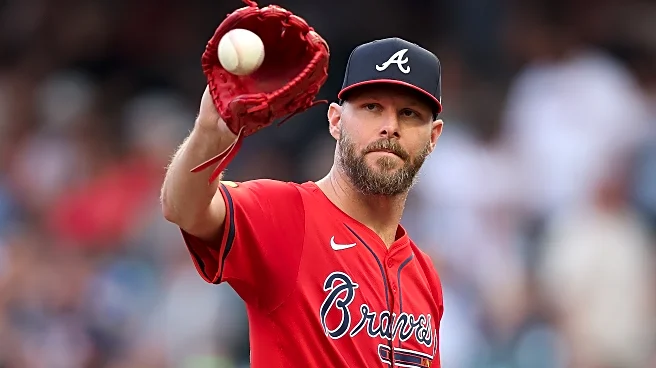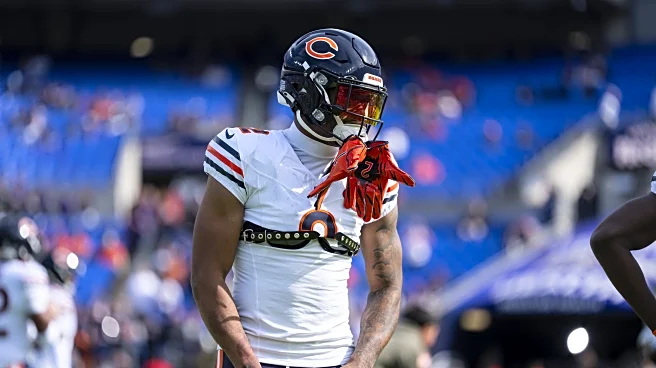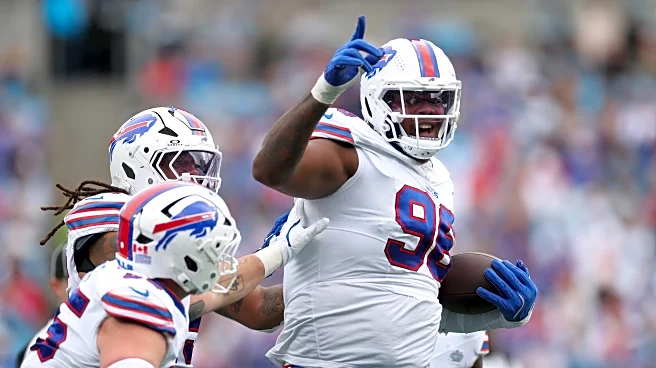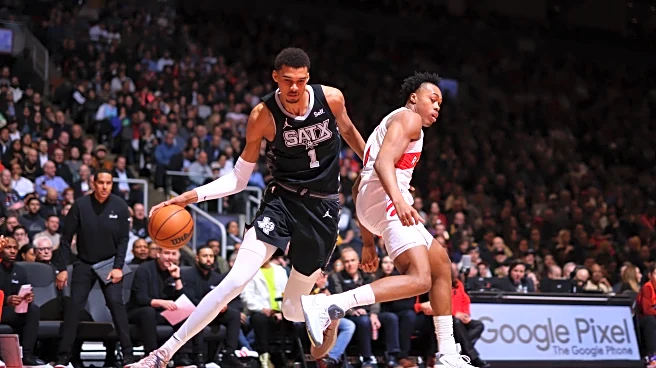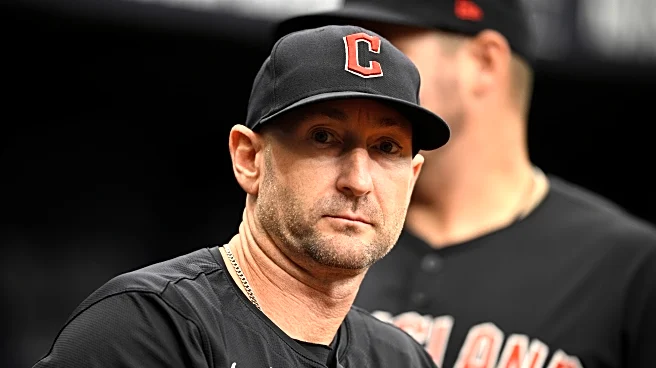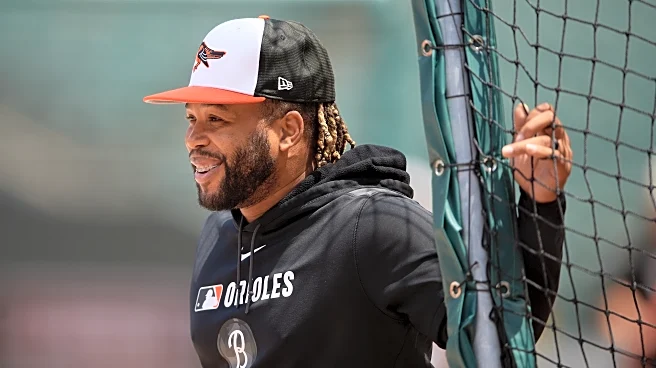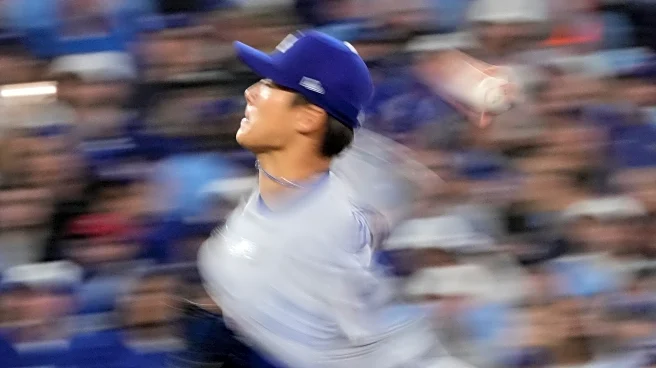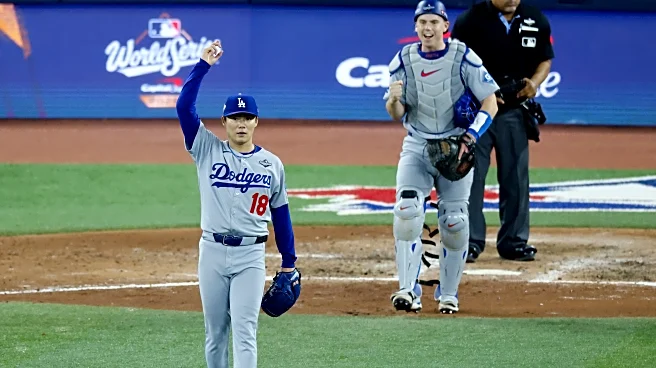When Charlie Morton first debuted in MLB, the first Iron Man movie had just come out, Beyoncé and Jay-Z were getting hitched, Heath Ledger was winning acclaim as the Joker in The Dark Knight, and Phillies were on their way to being crowned World Series champions.
Eighteen years is a long time, especially in baseball. And while we can’t quite say that Charlie Morton was sharp in his last season, this was a baseball career worth saluting. As interim manager Tony Mansolino said when Morton was traded
at the break (Manso may not have won the permanent manager role, but he did give great postgame quotes!), “Guys like Charlie, they stay in the big leagues for 20 years because they’re really good, they’re great players, but they also stay in the big leagues for 20 years because of their character.”
In retrospect, Morton and Baltimore wasn’t the best fit for either side. This team needed to spend on a true front-of-the-rotation ace; the 41-year-old Morton, who’d considered retirement in 2024, wanted to pitch on a contender. Instead, the Orioles cheapoed out on their rotation, and Morton got dealt, midway through the season, to the contending Detroit Tigers. That didn’t go so well, either, more on which in a second.
Like the Orioles as a team, who made a terrible first impression this season, going 4-8 in April and 6-13 in May, the veteran Morton was dreadful in his first weeks in the orange-and-black. In nine starts, he went 0-7 with a 9.38 ERA, and a lousy 3.7 strikeouts per game. That included the infamous 24-2 Cincinnati game in which he allowed seven runs in just four innings, the Orioles’ worst loss since, well, before Charlie Morton was even in the league.
What was wrong with Morton early on? Well, seemingly everything but the obvious culprits: age and injury. In an age where professional pitchers regularly undergo two or more surgical procedures on elbow and shoulders, we must admit that the veteran Morton had remarkable longevity.
No, Morton’s terrible start as an Oriole appears to have been about mechanics and control. Back in April, Morton himself blamed a lack of command for his woeful start to the year, especially of his curveball, a go-to pitch for much of his long career. For whatever reason, Morton didn’t have it this spring (not for a lack of trying, he said).
Then, suddenly he did: according to Morton himself, his season turned around while he warmed up in the bullpen at Angel Stadium on May 10 ahead of a relief appearance. The curveball suddenly zipped out of his hand just as he hoped it would. “I can hear my finger when my finger catches the seam,” Morton said. “And then I saw it in the bullpen and I was like, ‘Oh my goodness, that was it.’”
Then, somehow, it was it. Over his last 14 starts for the Orioles, Morton went 7-1 with a 3.62 ERA and 73 strikeouts in 69.2 innings. That included a dazzling six-game stretch where he posted a 2.37 ERA and 11.9 strikeouts per game. During that time Morton said, “For the better part of a month now, I’ve been locating well, I’ve been throwing strikes. I think I made some adjustments a while back with my delivery and my pitch arsenal and found some consistency.”
This was enough to make the veteran of interest to contending teams, and lo and behold, just before the trade deadline on July 31, the Orioles dealt Morton to the Detroit Tigers in exchange for lefty relief prospect Micah Ashman.
Let’s talk Ashman before I get back to Morton in a second.
Drafted in the 11th round by Detroit a year ago, the 23-year-old Utah product had struck out 46 batters over 39.1 innings at High-A while holding hitters to just a .164 average and .433 OPS. He also walked just eight hitters in 39.1 innings.
After coming to the Orioles organization, Ashman was slotted into Double-A Chesapeake, where he made 13 relief appearances. The 4.80 ERA wasn’t beautiful: nine runs (eight earned) in 15 innings, but he did keep up the strikeouts (23) and reduce walks (4). Figure to see the lefty back with the Baysox to start next season, with a chance to end up in Norfolk’s bullpen soon thereafter.
As for Morton and the Tigers, it wasn’t a pretty romance. The Tigers were sitting pretty with a 12.5-game AL Central lead, and they hoped Morton’s postseason experience – two World Series rings and all – would bolster their rotation behind ace Tarik Skubal. Tigers manager A.J. Hinch had even won a championship with Morton back in 2017 with the Astros when Morton pitched the final four innings in Game 7 of the World Series against the Dodgers.
Unfortunately, the magic ran out for both sides. Morton registered a 7.09 ERA with 23 walks and 47 strikeouts across 39.1 innings in nine starts after the July 31 trade deadline. He struggled so badly that on September 21, the Tigers designated Morton for assignment, right as they were desperately trying to hold onto a playoff spot while Cleveland charged from behind.
As for the Tigers, they did manage to squeak into the playoffs despite their September collapse, defeating Cleveland in the Wild Card Series before falling to Seattle in five games in the ALDS. That Game 5 went 15 innings – the longest winner-take-all game in MLB history – but Morton could only watch from home.
Then, in a fitting coda to his strange season, Morton signed with Atlanta after his release, the team that originally drafted him back in 2002, for one last farewell appearance.
For Orioles fans, Morton will be remembered as the expensive signing that helped tank their season early, then provided just enough of a rebound to net them a useful prospect in return. Despite his terrible start and end to the season, it was kind of a marvel what Morton was still doing out there at age 41. Every now and then, Uncle Charlie made his curveball dance, even if he couldn’t always hear his finger catch the seam anymore.
